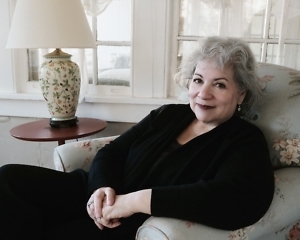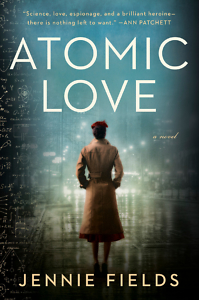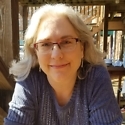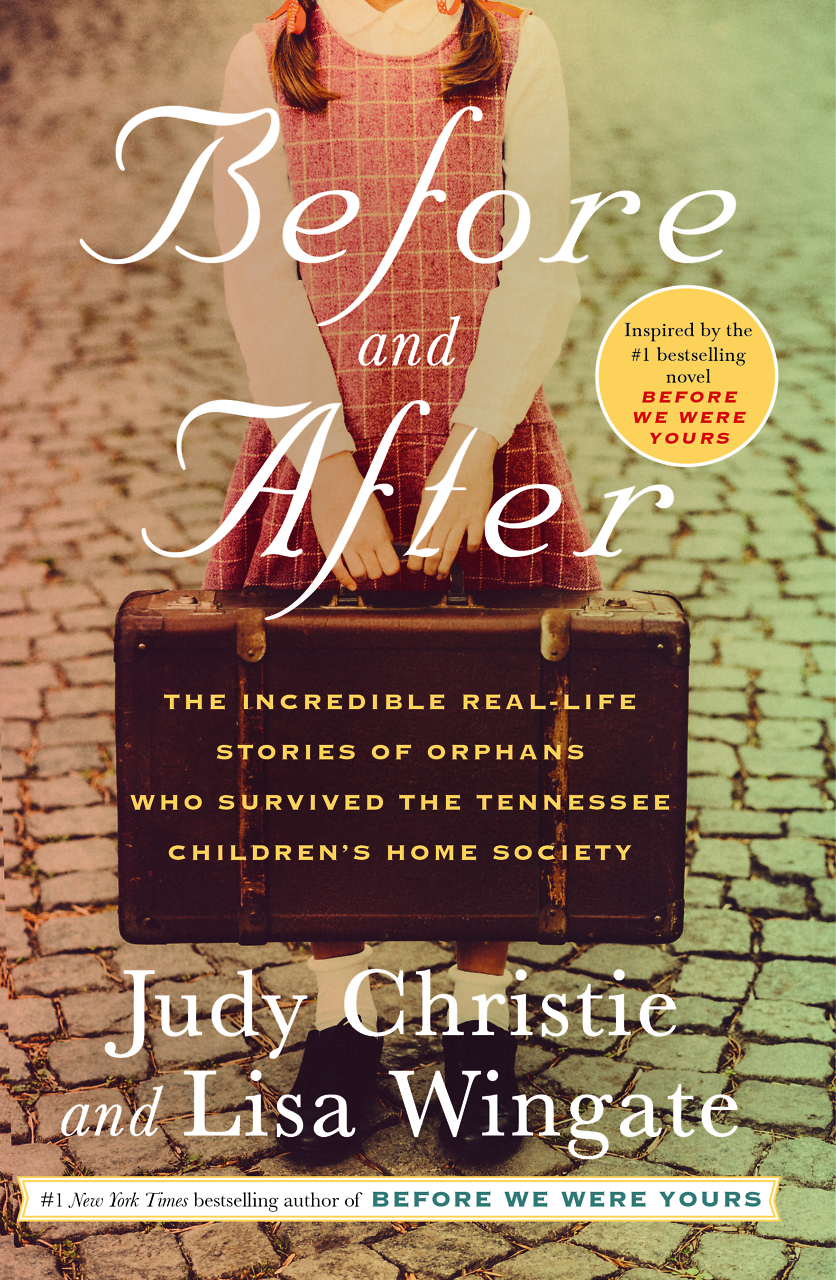Battered by the Bomb
Within a love triangle, broken characters seek healing from the wounds of war
The war is over, but deep and debilitating scars remain in Jennie Fields’ novel Atomic Love, set in 1950s Chicago. Former Manhattan Project physicist Rosalind Porter has left the scientific community and taken a low-paying, mundane job at Marshall Field’s department store. Rosalind is still grief-stricken and wracked with guilt over the part she played in the development of the atomic bombs that devastated Hiroshima and Nagasaki.

“The Manhattan Project’s darling vaporized nursing mothers, little girls cradling dolls, old women pouring tea, men too ancient to fight,” she laments. “It sucked their houses into winds of flame, shattered their hospitals and schools. It dropped an entire town into the sun and the Americans laughed while it burned. And then they chose another town and did the same.” Her own personal losses, especially betrayal at the hands of the man she loved, physicist Thomas Weaver, proved to be the final straw, and she has worked hard to put distance between the ground-breaking scientist she was and the cheerless, unapproachable woman she has become.
Once a prodigy, Rosalind graduated from high school at 16, becoming the youngest female ever admitted to the University of Chicago. Mentored by Nobel Prize winner Enrico Fermi, she excelled in her career as a nuclear physicist — until everything fell apart. Having suffered a series of losses, Rosalind narrowly escaped the war years with her sanity: “First she lost her father; then she lost Weaver; for a while she lost her mind; and then her job. It all crashed down. And her love for science, already battered by the bomb, collapsed in on itself.”
 It comes as a shock to her carefully constructed post-war life when FBI agent Charlie Szydlo suddenly appears and asks her to spy on Weaver, who is suspected of treason. The war years were particularly grueling for Charlie, an idealistic, kind-hearted man who barely survived a prisoner-of-war camp in Japan. With a mutilated hand and a broken spirit, Charlie is embarrassed to be alive when so many others are not: “Sitting in the taxi … the lights of the city streaking by, he sees a world rebuilding itself higher and mightier every day — to prove what? That America’s survived. Every skyscraper a desire to forget and look to the future. All built on scars.”
It comes as a shock to her carefully constructed post-war life when FBI agent Charlie Szydlo suddenly appears and asks her to spy on Weaver, who is suspected of treason. The war years were particularly grueling for Charlie, an idealistic, kind-hearted man who barely survived a prisoner-of-war camp in Japan. With a mutilated hand and a broken spirit, Charlie is embarrassed to be alive when so many others are not: “Sitting in the taxi … the lights of the city streaking by, he sees a world rebuilding itself higher and mightier every day — to prove what? That America’s survived. Every skyscraper a desire to forget and look to the future. All built on scars.”
Charlie finally persuades Rosalind that the truth about her former lover must be uncovered, for the sake of both national security and her own peace of mind. As she spends time with Weaver, she realizes that her feelings for him are as strong as ever, although complicated by her burgeoning attraction to Charlie and his to her. The new Weaver is apologetic and solicitous and obviously keeping secrets, yet Rosalind can’t believe him capable of working with the Russians. As the stakes grow ever higher, however, Rosalind finds herself in real danger and no longer able to hold life at arm’s length.
Jennie Fields has crafted a page-turning romantic mystery set in a time and place both familiar and foreign, a story of scientific marvels, wartime atrocities, and secret agents fighting the Cold War. The inspirations for her story include Leona Woods, the only female and youngest member of the Chicago team of physicists involved in the Manhattan Project; Fields’ mother, a biochemist; and her aunt, who was a clerical worker for the Manhattan Project. With such real-life models to draw upon, Fields brings to vivid life a fascinating period in American history by depicting flawed human characters seeking healing, redemption, love, and hope in a world made bleak by the horrors of man’s inhumanity to man … and woman.

Tina Chambers has worked as a technical editor at an engineering firm and as an editorial assistant at Peachtree Publishers, where she worked on books by Erskine Caldwell, Will Campbell, and Ferrol Sams, to name a few. She lives in Chattanooga.


